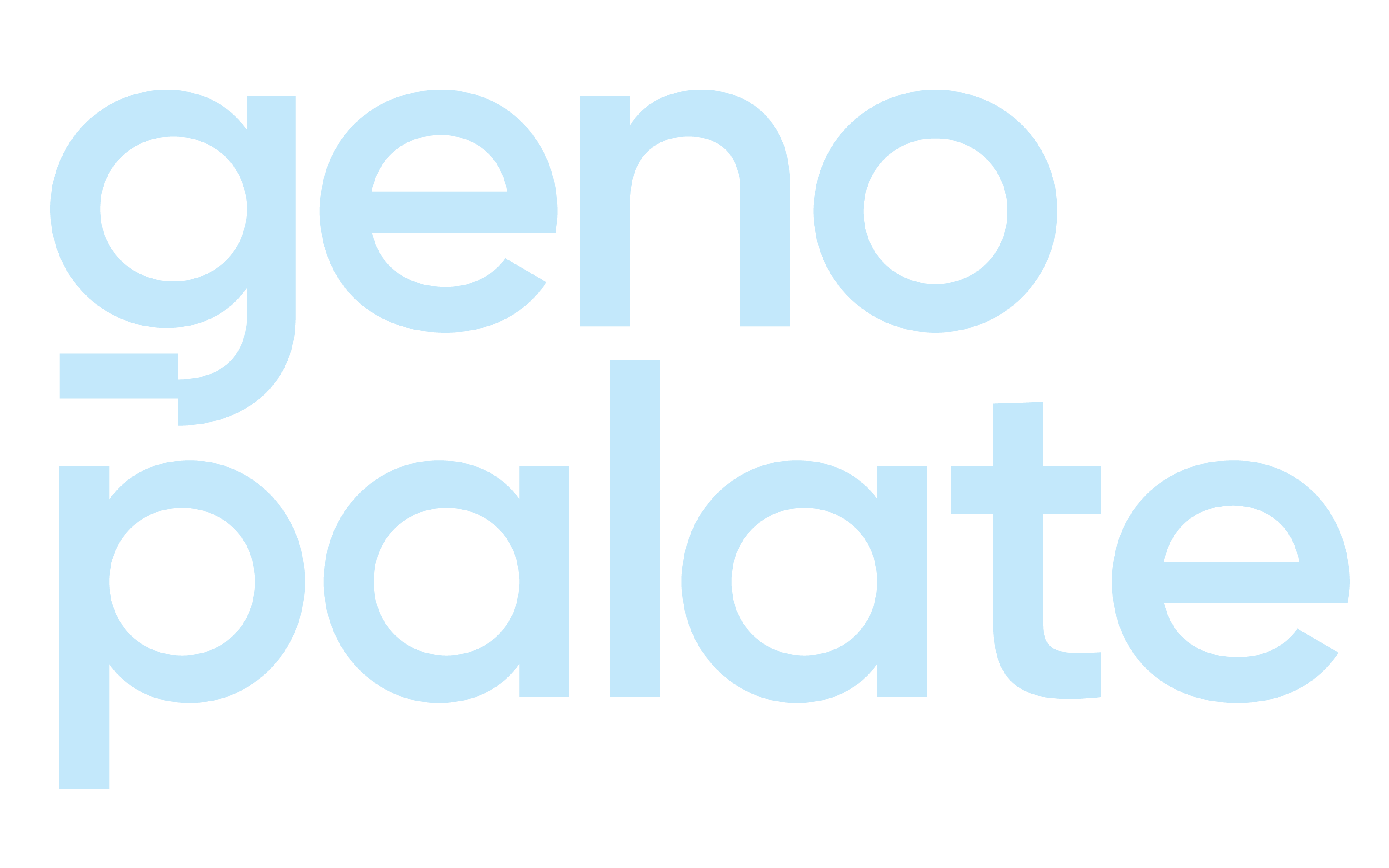What is a recessive disease?
A recessive disease requires both copies of the recessive gene variant for the person to have the disease. If both parents have one copy of the mutated gene, each child has a 25% chance of having the disease, even though neither parent has it. If a person only has one copy of the DNA mutation they are considered a carrier and their health is rarely affected by the mutation.
How is a recessive disease inherited?
A recessive disease, also known as an autosomal recessive disorder, is when a person inherits a copy of a mutated gene from both their mother and their father. In order to display the disease phenotype the two copies must be present. If a person inherits only one copy of the recessive gene from either parent that person is considered a carrier but their health is rarely affected.
How can you tell the difference between a recessive and dominant disease?
If at least one parent, either the mother or father, has the trait or phenotype it is typically considered a dominant trait. If neither parent has the trait or phenotype it is typically a recessive trait.
What is an example of a recessive disease?
An example of a recessive disease, also known as an autosomal recessive disorder, is cystic fibrosis — a disease that affects the lungs and digestive system. A person needs to inherit both copies of the mutated gene, one from each parent. People with only one copy of the cystic fibrosis gene are called carriers but they do not have the disease, however, they can pass down this gene to their future offspring.





